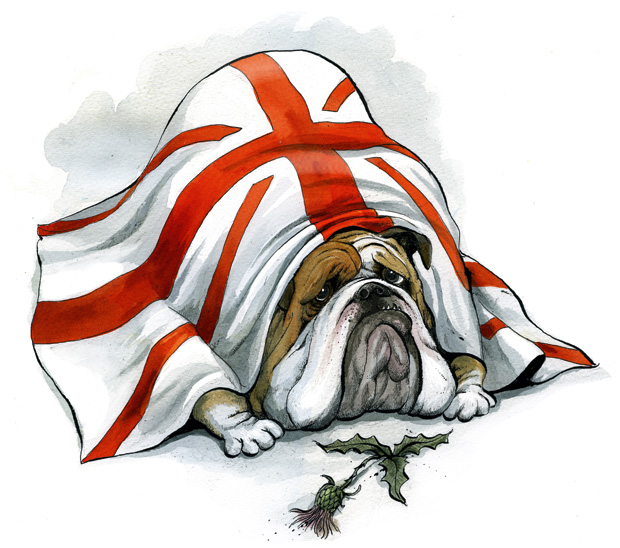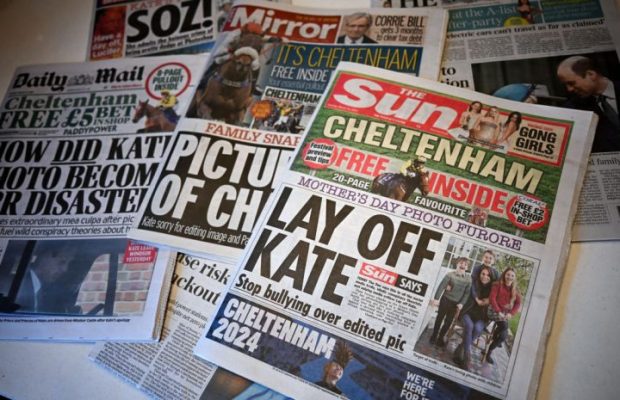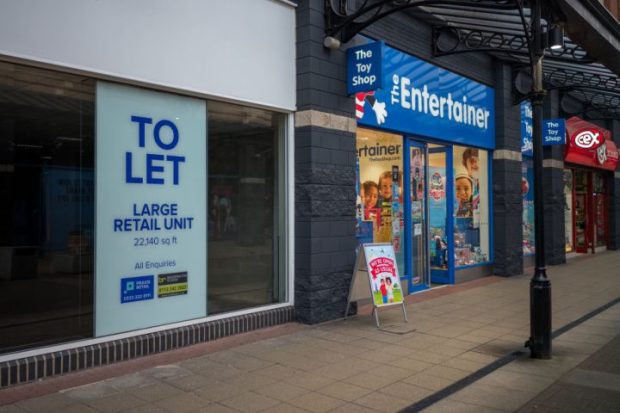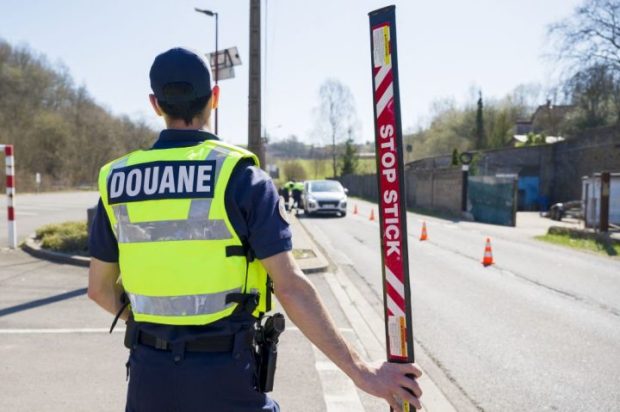It should come as no surprise that Britain’s city centres remain, in the words of CBI chief Carolyn Fairbairn, ‘ghost towns’, and nor is it a shock to hear a civil service union boss shoot down Boris Johnson’s plea for public sector workers to head back to the office. Safety first, said the union man, echoing the caution of his teaching counterparts.
As Trevor Kavanagh wrote in the Sun last week, Britain is ‘a scaredy-cat nation of masked hypochondriacs who won’t leave home for fear of dropping dead’. A poll last month bore this out, revealing that while two thirds of workers in France, Spain and Italy were back at their desks, in Britain barely a third of the workforce had plucked up the courage.
In a Spiked podcast last month, two Spectator regulars, Brendan O’Neill and Dr John Lee, blamed this fear on the insidious spread of ‘Safetyism’. In Lee’s opinion, ‘the Covid-19 crisis had been brewing for two or three decades. It is encapsulated in something called the precautionary principle, sometimes known as the better-safe-than-sorry principle.’
An early example of this principle was in 2004, when the town council of Bury St Edmunds banned hanging baskets from the town centre because ‘there was a risk they could fall from lampposts and injure the public’. None ever had, but better safe than sorry.
Dr Lee is spot on when he talks of ‘safetyism’, but this is a phenomenon that has been brewing not for two or three decades, but for over a century – since the inception in 1916 of a London ‘Safety First’ Council. Its initial intent was commendable: to reduce the number of road traffic accidents caused by wartime blackout restrictions.
But gradually, with the encouragement of successive governments who appeared to believe that the British people had no common sense, the campaign broadened into an attempt to reduce risk over every aspect of the nation’s lives. Posters were issued warning us to take care coming down stairs or urging women to wear sensible shoes to work. A series of adverts were placed in regional and national newspapers in the early 1930s, such as:
Safety First Slogan No2: Do not walk three abreast in the road.
Safety First Slogan No10: Be careful when motoring, cycling or walking on slippery roads
Many saw the ‘Safety First’ message as antithetical to the British character. In 1933, Mr. G. H. Gater, the Education Officer to the London County Council warned that the ‘Safety First’ slogan was leading to the ‘grandmotherly coddling’ of children. The novelist Daphne Du Maurier ridiculed it as a ‘dismal slogan’, one on which past glories had most definitely not been built. ‘It is difficult to imagine Drake and Raleigh and Sir Philip Sidney talking about “Safety First”,’ she wrote. ‘There was a certain selfless gallantry about them that makes our own caution a poor thing in comparison.’
But ‘Safety First’ embodied the timidity of the era – an era when Britain considered appeasing Adolf Hitler as the most effective way of dealing with him. But the message transmitted by the policy was that Britain was no longer a strong and bold country, but a weak and diffident one.
The advent of the Second World War and the accession to power of Winston Churchill suppressed the spirit of meekness. In a speech in the House of Commons on April 9 1941, the Prime Minister told parliament that while Britain was on the back foot he was nonetheless determined to take the fight to the Nazis, declaring: ‘There was no less likely way of winning the war than sticking to the maxim “Safety First”.’
But when Churchill left office in July 1945, back came ‘Safety First’, stronger than ever, viewed by a new generation of bureaucrats as the guiding philosophy for the post-war world.
‘Safety First’ was embossed on pencils, distributed with rate demands, printed on posters outside football stadiums (‘Stay a Happy Wanderer by not wandering in the road’ was the advice at Bolton Wanderers) and the boot repairers of Wolverhampton glued Safety First labels on customer’s insteps.
What had begun in 1916 as a worthy initiative to reduce traffic accidents had grown into a pressure group that used fear and virtue to drive home its message. ‘Careful people care for people,’ ran one Safety First slogan in Scotland in the 1950s, while the Gloucester city council held a children’s ball, at which the county sheriff told the 200 guests that ‘had they not been careful in crossing the road, they might not have been having a happy time at the Ball’.
Similar tactics have been seen this year. The successor to the Safety First slogan is ‘Stay Home, Protect the NHS, Save Lives’, which creates fear of doing anything, except staying home. This is the final metamorphosis of the British bulldog into a scaredy-cat. That’s why the recent Rule Britannia kerfuffle has been so ironic. The song no longer deserves us because we are so in fear of safetyism.
Got something to add? Join the discussion and comment below.
Get 10 issues for just $10
Subscribe to The Spectator Australia today for the next 10 magazine issues, plus full online access, for just $10.




















Comments
Don't miss out
Join the conversation with other Spectator Australia readers. Subscribe to leave a comment.
SUBSCRIBEAlready a subscriber? Log in